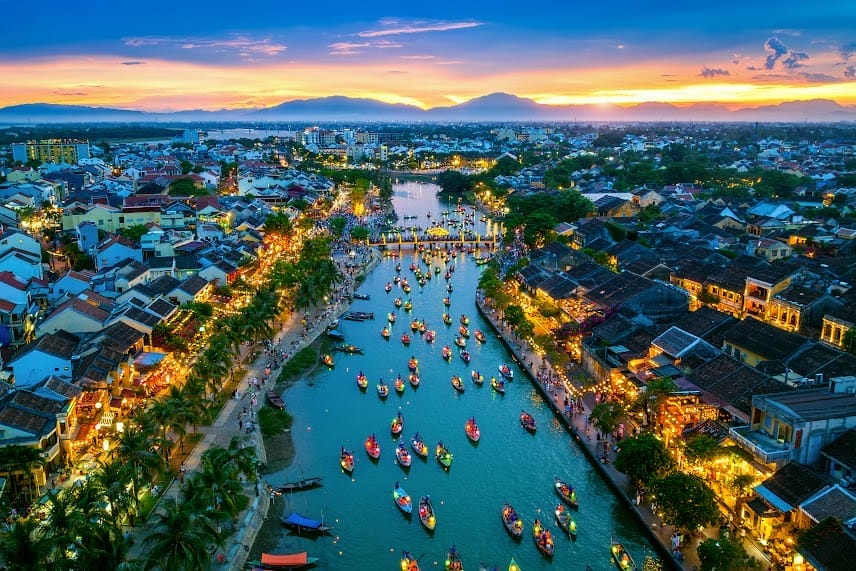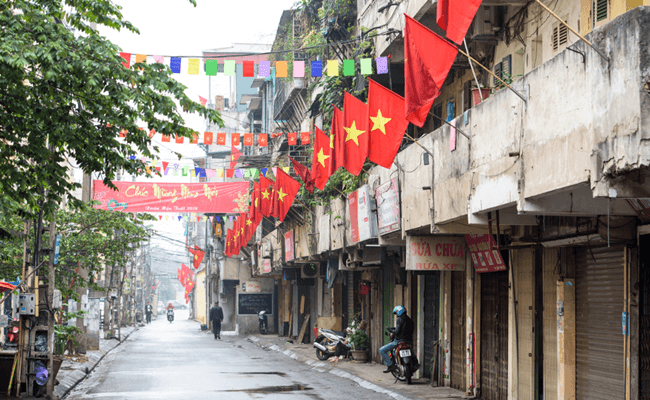The Don Village is located northwest of Buon Ma Thuot in Krong Na Commune, Buon Don District, close to the Cambodian border, approximately 42km from Buon Ma Thuot. This village Village is well known as the native land of elephant hunters and trainers throughout Southeast Asia. Don Village has been famous for its Kru, powerful elephant tribe leaders, for a long time, and is well known in India and France for its elephant. Y Pui, a 102-year-old man (1883-1985) who tamed over 450 elephants, spent part of his life as King Bao Dai�s Mahout. Elephant training and hunting has been passed down through generations. It takes 67 months to domesticate a wild elephant. In the last few years, tourists have been more eager to visit Don Village, the elephants� home in Dak Lak. Their main interest in being to admire the animals and to understand their delicate situation Surveys are now being conducted throughout the country to evaluate the elephant situation and to better organizes protection projects.
Elephant Race Festival The reflection of the martial spirit of the M’Nong people in particular and the Central Highlands people in general. The Elephant Race Festival takes place in springtime, normally in the third lunar month. In preparation for the festive day, people take their elephants to places where they can eat their fill. Apart from grass their food also includes bananas, papayas, sugar canes, corns, sweet potatoes. The elephants are free from hard work to preserve their strength. On the big day, elephants from different villages gather at Don Village. People from near and far in their best and colourful costumes flock to the festival. The racing ground is 500m long and wide enough for ten elephants to stand simultaneously. After a salvo of tu va (horns made into musical instruments), the elephant handlers called nai take their elephants to the ground, standing in a row at the starting point. The leading elephant stands in front, whirling his trunk and nodding his head in greeting the spectators. Atop each elephant there are two handlers in traditional costumes for generals. The tu va signals the start of the race and the elephants rush forwards amidst the resounding cry of the spectators. The first handler uses an iron stick called kreo in M’Nong language to speed the elephant. The second handler beats the elephant with a wooden hammer called koc to ensure its speed and to keep it in the right line. Upon seeing the first elephant dashing to the destination the spectators shout boisterously amidst the echoing sound of drums and gongs. The winning elephant is given a laurel wreath. Like its owner, the elephant expresses its happiness and enjoy the sugar canes and bananas from the festivalgoers. After this race, the elephants participate in the competition of swimming across the Serepok River, of tug-of-wars, or throwing balls and playing football. At this Elephant Race Festival , tourists have a chance to indulge in the boisterous atmosphere of the festival, of the echo of gongs and the spectacular performances of the elephants from the Central Highlands forest. When the race comes to an end, the competing elephants bring back the atmosphere of the festival to their villages. Upon returning to their village, they receive warm welcome from the villagers. Very often the elephants from Don Village win the prizes as the village has a tradition of training and tending elephants. The elephant race constitutes a big festival in the Central Highlands. It reflects the martial spirit of the M’Nong people, an ethnic group famous for their bravery in wild elephant hunting. The magnificent landscape of the Central Highlands further stresses the grandiose characters of this traditional festival.






